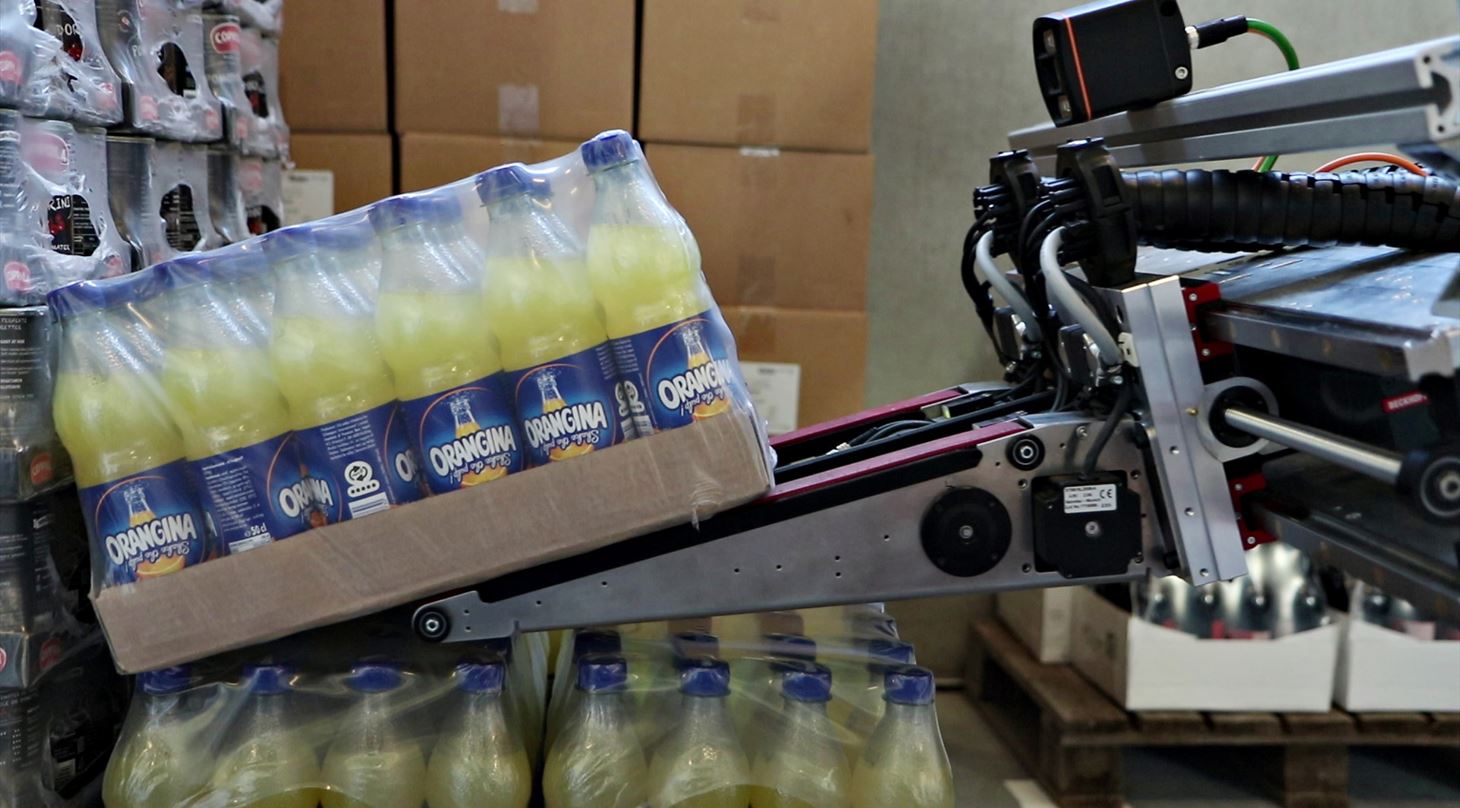
The seven most overlooked opportunities for robots and automation in manufacturing companies
Do you have the feeling that you are missing out on opportunities with robots and automation? Robot consultants from the Danish Technological Institute (DTI) identify seven areas or task types in manufacturing that can be advantageous to automate.
Many Danish companies realise that they are missing opportunities for automation.
This is shown by our own survey of 122 business leaders, where 69 percent of companies that already have robots feel that they are missing opportunities to automate further.
DTI's experienced robot consultants have identified the areas and tasks that most companies could benefit from automating - and which many overlook either due to a lack of knowledge or a focus on daily operations.
1. Automation of quality control
Many manufacturers use spot checks to perform quality control, as staff cannot stare at many identical items for several hours each day.
Fatigue, errors, and the speed required often mean that it is necessary to regularly replace staff or that the task be changed to random checks.
Using camera technology (and an increasing number of artificial intelligence options) it is possible to have a complete quality control process that inspects each product in turn and at the same time creates traceability for each product.
Automatic quality control can also be useful on the input side – that is, checking that you get what you paid for.
2. Automation of transport
In our daily life, we often have small tasks where we have to move an item from one place to another. It may only be 50 meters, but it takes time away from focused work.
This can be solved with a simple mobile robot that shuttles like a taxi that you call when ready.
3. Automation of handling (and processing)
Although handling is a task that most companies already use robots for, it is still worth mentioning as an overlooked opportunity.
The robot is often set up to use human-like tools for processes such as screwing screws, grinding surfaces, or gluing. An overlooked option is to let the robot control the workpiece while a human uses the tool.
This can make it easier for a human worker to reach all corners, look into all nooks and crannies, or check all tolerances while maintaining a good working environment without poor working postures.
4. Automation of welding
The increase in the size of collaborative robots – also called cobots – provides better opportunities for manual welding tasks to be automated, by the process-savvy welding operators being able to transfer their knowledge to the often user-friendly robots themselves.
Then the employees avoid the unbalanced, repetitive work, the sparks flying around the ears, and having to work around the clock.
5. Automation of palletising
Cobots are also becoming able to lift more and more and reach further and further. This makes them suitable for taking over more of the heavy, manual palletising tasks.
User-friendly programming methods also mean that you do not necessarily need to bring in an expensive engineer, but can upskill your own operators to program the desired palletising patterns.
In addition, a forest of different 'plug and play' grippers and other tools has gradually grown up that can handle your product, whereas in the past you had to have someone specially develop a tool.
However, classic industrial robots may still be the best way to go in several cases, depending on the characteristics of the items and the production environment.
6. Automation of counting
1, 2, 3... Many Danish companies still employ people to manually count products into batches - for example, 30 pieces in a package.
This can advantageously be automated – possibly in combination with quality control and automated packing.
7. Partial automation
Not all tasks can or should be 100 percent automated.
Often it is advantageous to have a robot handle items and solve 80 percent of the repetitive work, and then have people carry out the most complex 20 percent of the tasks.
This often leads to a cheaper solution that is faster to implement and easier to service. In addition, it means more interesting and less physically exhausting tasks for the company's employees.
From ambition to investment
Most companies today focus on green transition and digitisation as basic tasks necessary for the company's future legitimacy and survival. If you look at automation and robots in isolation, however, only 12 percent of Danish companies have a written strategy for these. Strategy or ambition alone is insufficient. It is crucial that you have a plan for how to get from ambition to investment.
DTI can help with that.
Our experienced specialists and consultants guide you through all phases from strategic planning to implementation.
Contact Jens Martinus Pedersen via jmpe@dti.dk or +45 72 20 20 63 if you want to know more.
You can also learn more here about how we can help you get started or continue with the right robotic technology.